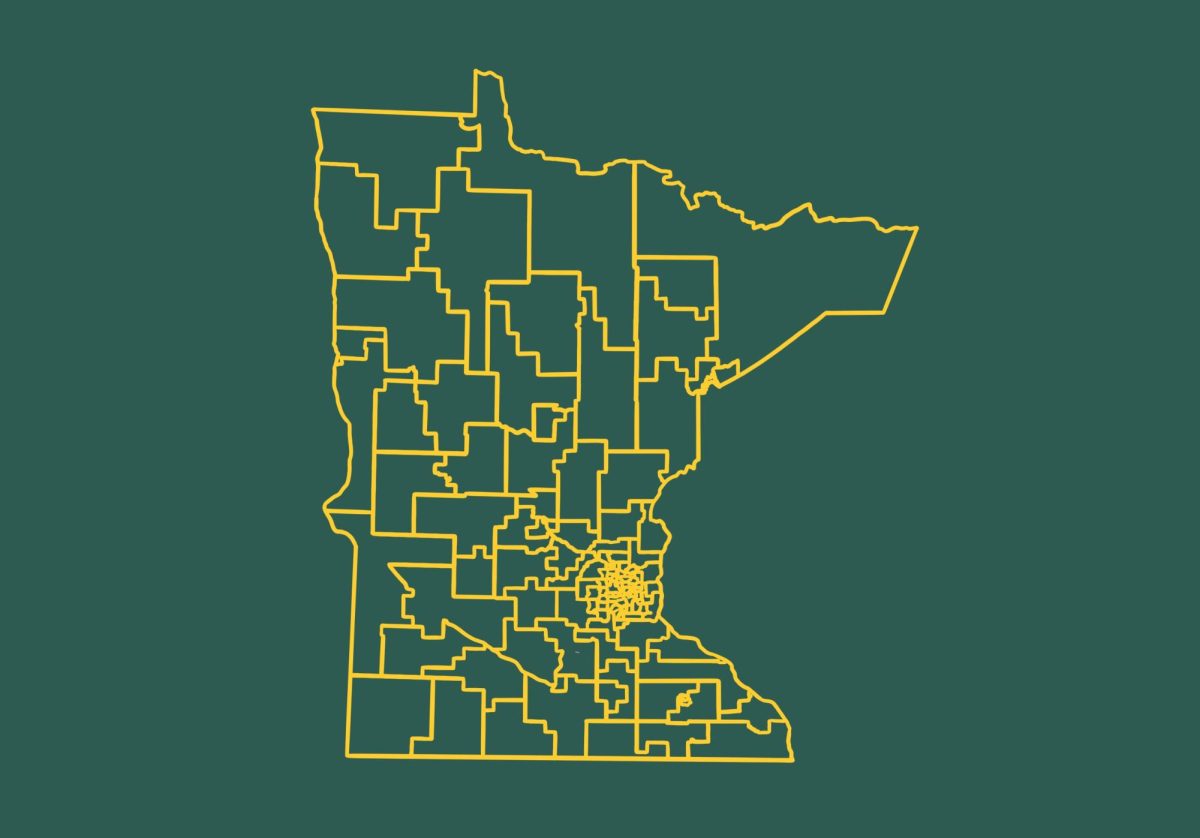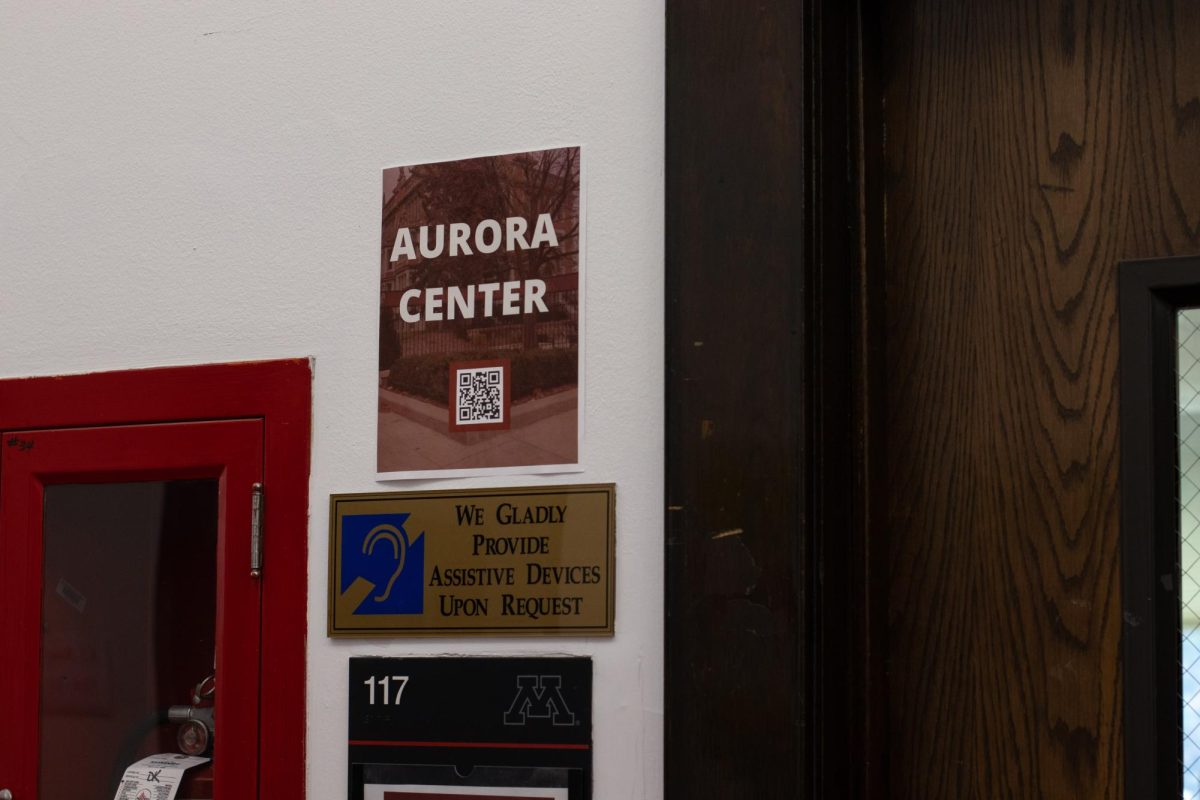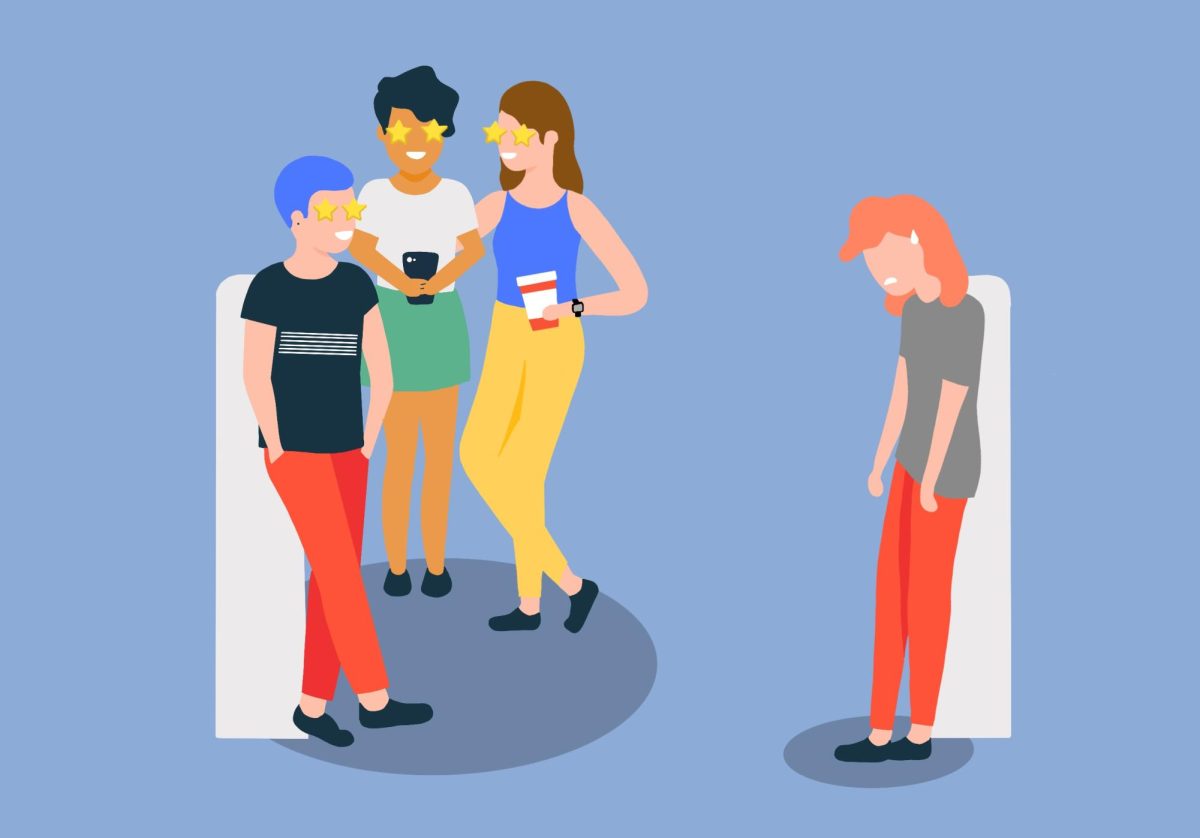Work is a key part of American culture. It’s not about working to live. We live to work. When you’re a kid you are asked, “What do you want to be when you grow up?” While this trivial question doesn’t solidify our futures, it does shape how we envision it.
Recently, people have begun to examine what a work-life balance means and whether one can have both while remaining successful in their respective fields. When COVID-19 stopped time, people were forced to think about how healthy their relationship with work really was.
A report by Gallup’s State of the Workforce found that stress among the world’s workers reached an all-time high in 2022. While these stress levels have been steadily increasing for the past decade within the workforce, COVID led to a demand for change.
The United Auto Workers called a strike in early September against General Motors, Ford and Stellantis. Their demands included increased job security and a 36% pay raise, with union members calling for a 32-hour, four-day workweek with no pay cuts. Senator Bernie Sanders has become a supporter of this movement, emphasizing the importance of a shortened workweek.
Work culture is not set in stone. However, the norms we have created can feel so solid that it seems nearly impossible to break them. The idea we can have a four-day workweek without there being a catch feels too good to be true, but there are companies who have already begun adopting hybrid work environments.
Halftone Digital, a digital product design studio headquartered in Minneapolis, has been using a four-day workweek for 18 months.
“I can speak for myself when I say that I get more time with my family, I get more time with myself and I feel more recharged,” said Michael Arney, the founder of Halftone Digital. “I think overall it’s like a lowering of stress and a better quality of personal life. And I think the benefits of that come in many different forms, from the quality of work that we are doing in these 32 hours that we feel more refreshed and charged up to do and maybe even like the health benefits of being less stressed in general.”
In 2022, 61 companies in the United Kingdom participated in a trial of a four-day workweek from June to December. The employees reported a 71% decrease in burnout, 39% said they were less stressed and 73% reported increased satisfaction with their lives. The likelihood of workers quitting was down 57% for all the companies that participated. Of the companies, 92% reported they would continue with the four-day workweek, with 30% saying it’s a permanent change.
For Halftone Digital, one of the factors that led to a change in the company’s work schedule was employee retention.
“We’re a small company, and we can’t really compete with the salaries of large companies, but what we do have is we have more flexibility,” Arney said.
Ever since Halftone Digital changed to a four-day schedule, not one employee has left them.
A survey from Bankrate found that 81% of full-time workers and job seekers support a four-day week. Of those workers, 54% said they would be willing to work longer hours and more than a third would be willing to change jobs or industries if it meant a shortened workweek.
“As much as I love the four-day workweek, I don’t know if I value it above other things necessarily,” said Anna Lehman, an employee at Halftone Digital.
Lehman expressed that while she is a fan of the four-day schedule, there is always a possibility of other companies using it as an opportunity to compromise benefits.
While the four-day workweek seems feasible for many industries, especially in the corporate sphere, it is not as easily translatable when you consider the fast-food industry, health services or other jobs that fall under the broad term of essential services. If we are going to open up this possibility for some, we need to consider work expectations for all.
The biggest takeaway from this ongoing conversation is to remember humans cannot function like robots. We are malleable and vulnerable. It’s not about being lazy or a bad employee, it’s about prioritizing a life over a nine-to-five.













